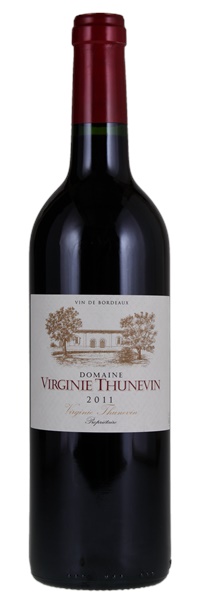Estimate


Intensely fruity red berries lifted by white pepper on the fragrant nose. Soft and supple on entry, then peppery and lively in the middle
Deep, rich garnet hues...wonderful mix of spice box, including clove, allspice, cumin and coriander. Slightly plummy notes and plenty of medium-bodied extraction. Modest tannins. Pairings: carnitas, chateaubriand, medium-soft cheeses.

Intensely fruity red berries lifted by white pepper on the fragrant nose. Soft and supple on entry, then peppery and lively in the middle
Deep, rich garnet hues...wonderful mix of spice box, including clove, allspice, cumin and coriander. Slightly plummy notes and plenty of medium-bodied extraction. Modest tannins. Pairings: carnitas, chateaubriand, medium-soft cheeses.

Intensely fruity red berries lifted by white pepper on the fragrant nose. Soft and supple on entry, then peppery and lively in the middle
Deep, rich garnet hues...wonderful mix of spice box, including clove, allspice, cumin and coriander. Slightly plummy notes and plenty of medium-bodied extraction. Modest tannins. Pairings: carnitas, chateaubriand, medium-soft cheeses.

Intensely fruity red berries lifted by white pepper on the fragrant nose. Soft and supple on entry, then peppery and lively in the middle
Deep, rich garnet hues...wonderful mix of spice box, including clove, allspice, cumin and coriander. Slightly plummy notes and plenty of medium-bodied extraction. Modest tannins. Pairings: carnitas, chateaubriand, medium-soft cheeses.

Intensely fruity red berries lifted by white pepper on the fragrant nose. Soft and supple on entry, then peppery and lively in the middle
Deep, rich garnet hues...wonderful mix of spice box, including clove, allspice, cumin and coriander. Slightly plummy notes and plenty of medium-bodied extraction. Modest tannins. Pairings: carnitas, chateaubriand, medium-soft cheeses.

Intensely fruity red berries lifted by white pepper on the fragrant nose. Soft and supple on entry, then peppery and lively in the middle
Deep, rich garnet hues...wonderful mix of spice box, including clove, allspice, cumin and coriander. Slightly plummy notes and plenty of medium-bodied extraction. Modest tannins. Pairings: carnitas, chateaubriand, medium-soft cheeses.